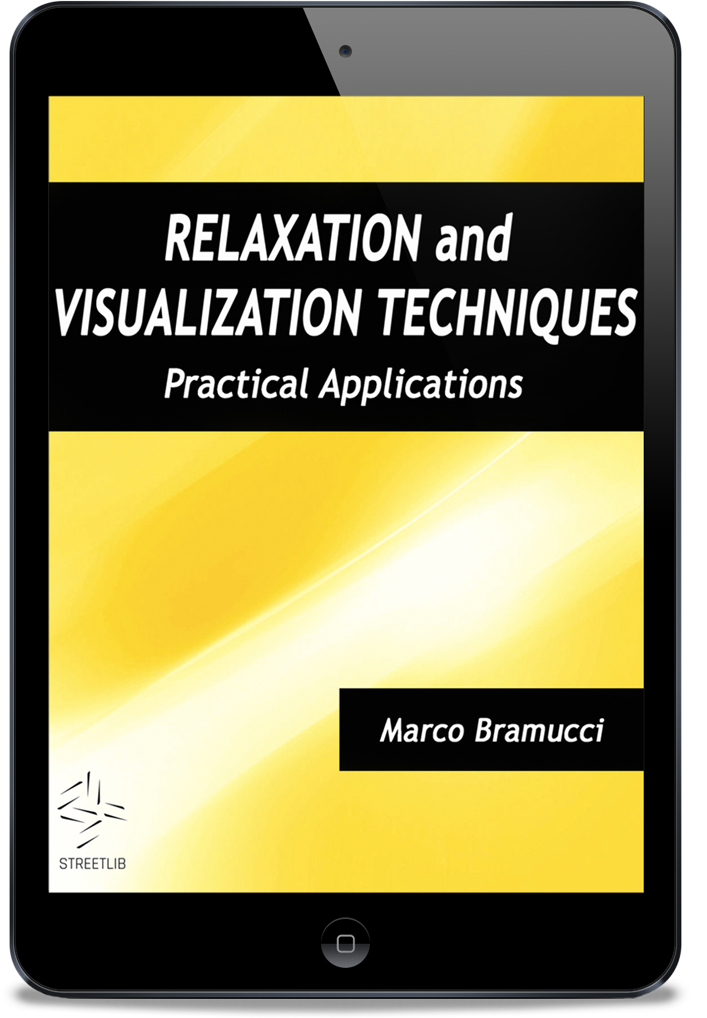Traditional Chinese Medicine (TMC) is based on theories closely connected to Chinese culture and philosophy. Here is a list of the most important of these theories.
Theory of Yin and Yang – It is the most important concept in TCM. According to this concept, all phenomena in the entire universe can be classified in two opposites, Yin and Yang, which are part of the same unit. This theory is the foundation of diagnosis and treatment in TCM, together with the theory of the Five Elements. [read more]
Theory of Five Elements or Five Phases – It is a complement to the theory of Yin and Yang, and presumes that all phenomena of the universe and nature can be represented with five elemental qualities, namely Wood, Fire, Earth, Metal and Water. It analyses the mutual relation among the Organs, and between the body and the environment. It is used to explain physiological and pathological processes, to make a diagnosis and find the correct cure. [read more]
Concept of Qi – Qi is movement, the essential substance that has the characteristic of the movement. Inside the body, it is the most important factor for life. It is the energy that runs through the energetic meridians where acupoints emerge. These points are used in acupuncture, moxa and tuina massage treatments. [read more]
Zang-Fu (Yin and Yang Organs) – This concept constitutes the center of TCM’s physiology and it is strictly related to the Theory of the Five Elements. The five Yin Organs are Heart, Liver, Spleen, Lung and Kidney. They do not have a direct correspondence to those of western medicine, in that their function is broader. Their main function is to produce and store Qi and Xue. The six Yang Organs are Small Intestine, Large Intestine, Gallbladder, Urinary Bladder, Stomach and Sanjiao. Their functions almost match with those of the western medicine, apart from Sanjiao. [read more]
Xue or Blood – In this case too, the concept of blood is different from that of western medicine’s. Blood is a denser form of Qi and cannot be separated from it. Qi moves Blood and Blood is the mother of Qi because it nourishes the organs that produce Qi. Food Qi, produced by the Spleen, is sent upward to Lungs that push it to the Heart, where it is transformed into Blood. The transformation requires the assistance of the Original Qi stored in the Kidneys. It has two main functions: hydrates and nourishes all the Organs of the body; ensures mental activity (Heart is the place where Shen dwells).
Shen, Jing and the Three Treasures
Shen, “Spirit” or “Mind”, is our consciousness, our mental functions, our mental health, our vitality, our quickness of mind in the interaction with the others and the environment. Shen lives in the Heart and Blood Vessels (part of the Heart system in TCM) and is nourished by the Blood.
Jing, Essence or Vital Substance, is the substance most intimately connected to life, and should never be wasted. It has three aspect: Prenatal Jing, Postnatal Jing and Kidney Jing. The latter is the result of the interaction of the formers. It is stored in the Kidneys, has a fluid (Yin) nature and circulates all over the body, especially in the Eight Extraordinary Meridians. Kidney Jing plays an important role in physiology. It forms the basis for growth, development, sexual maturation, and reproduction. [read more]




